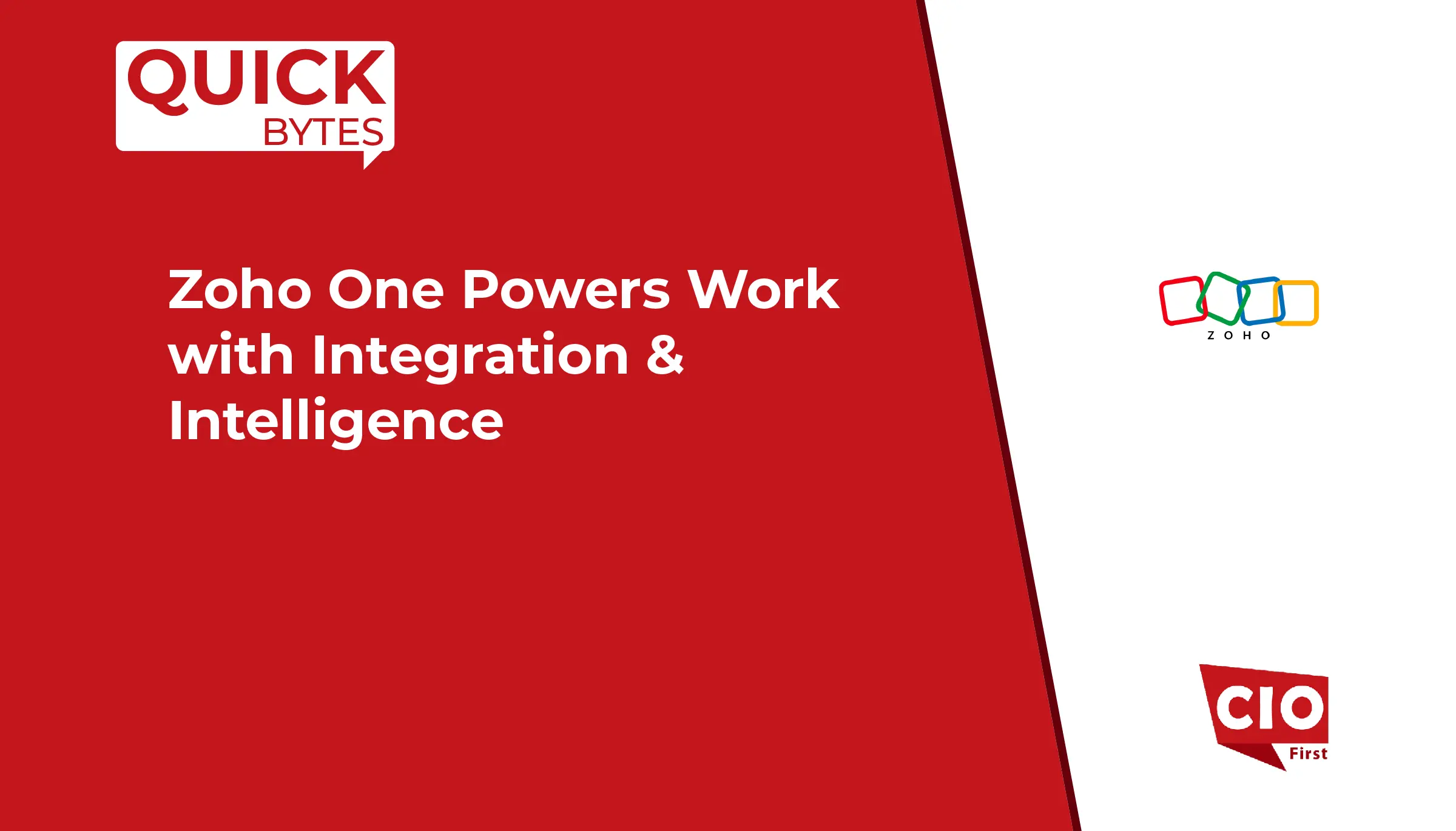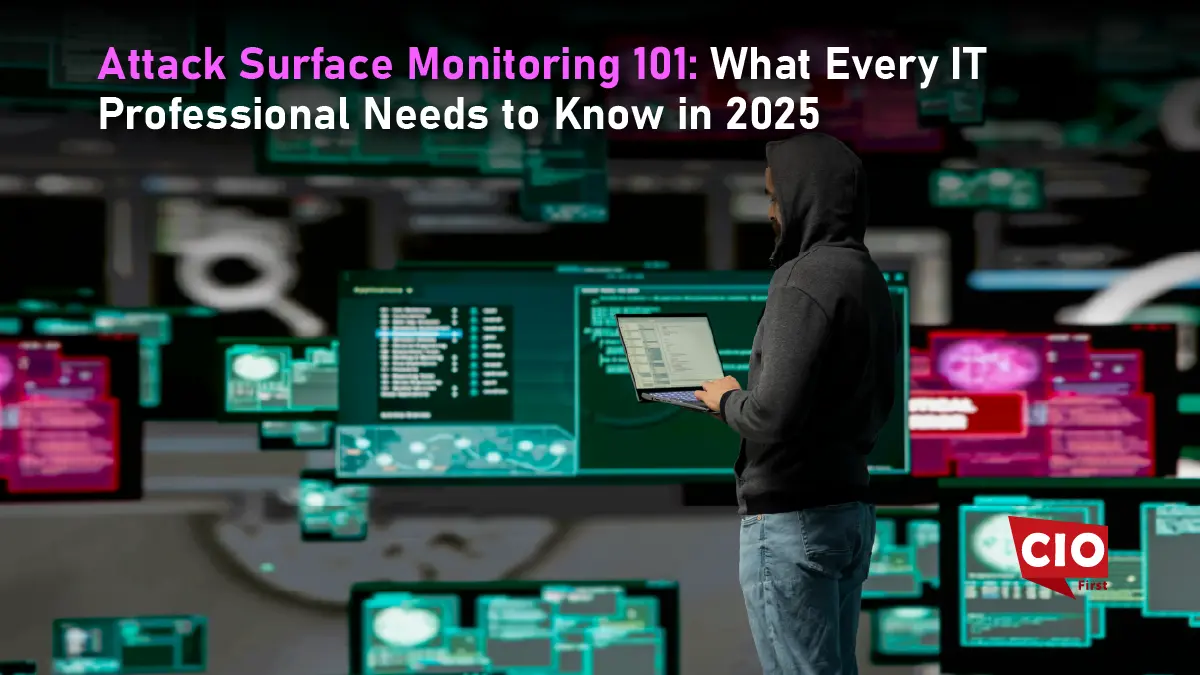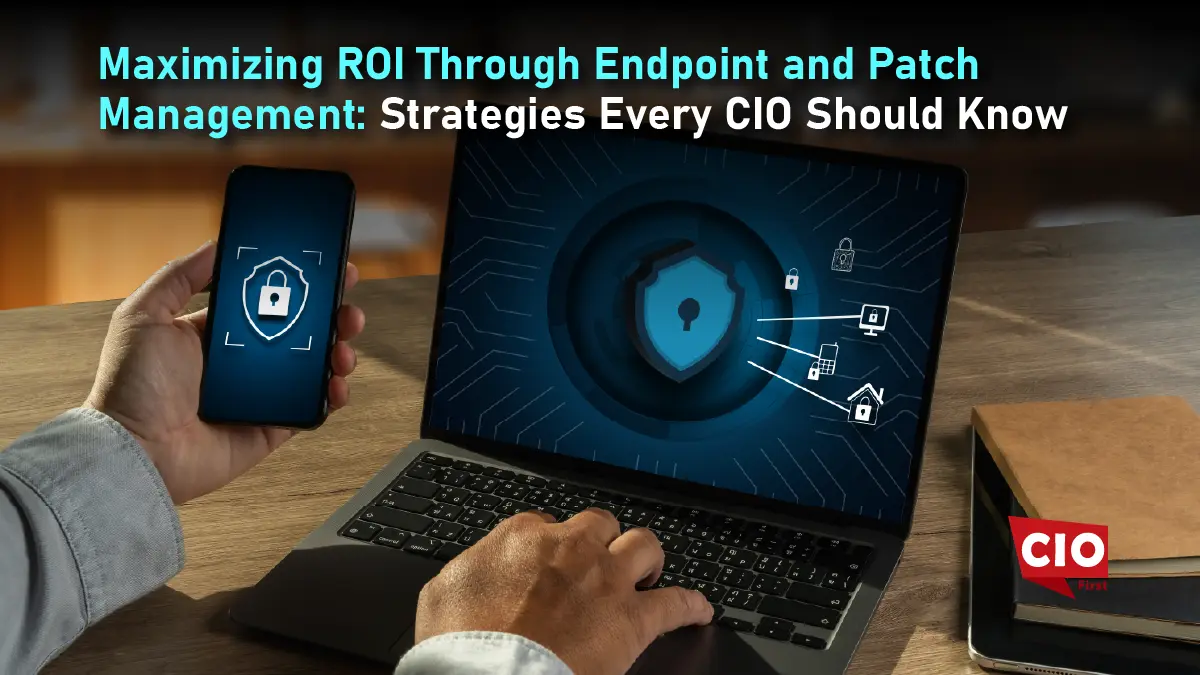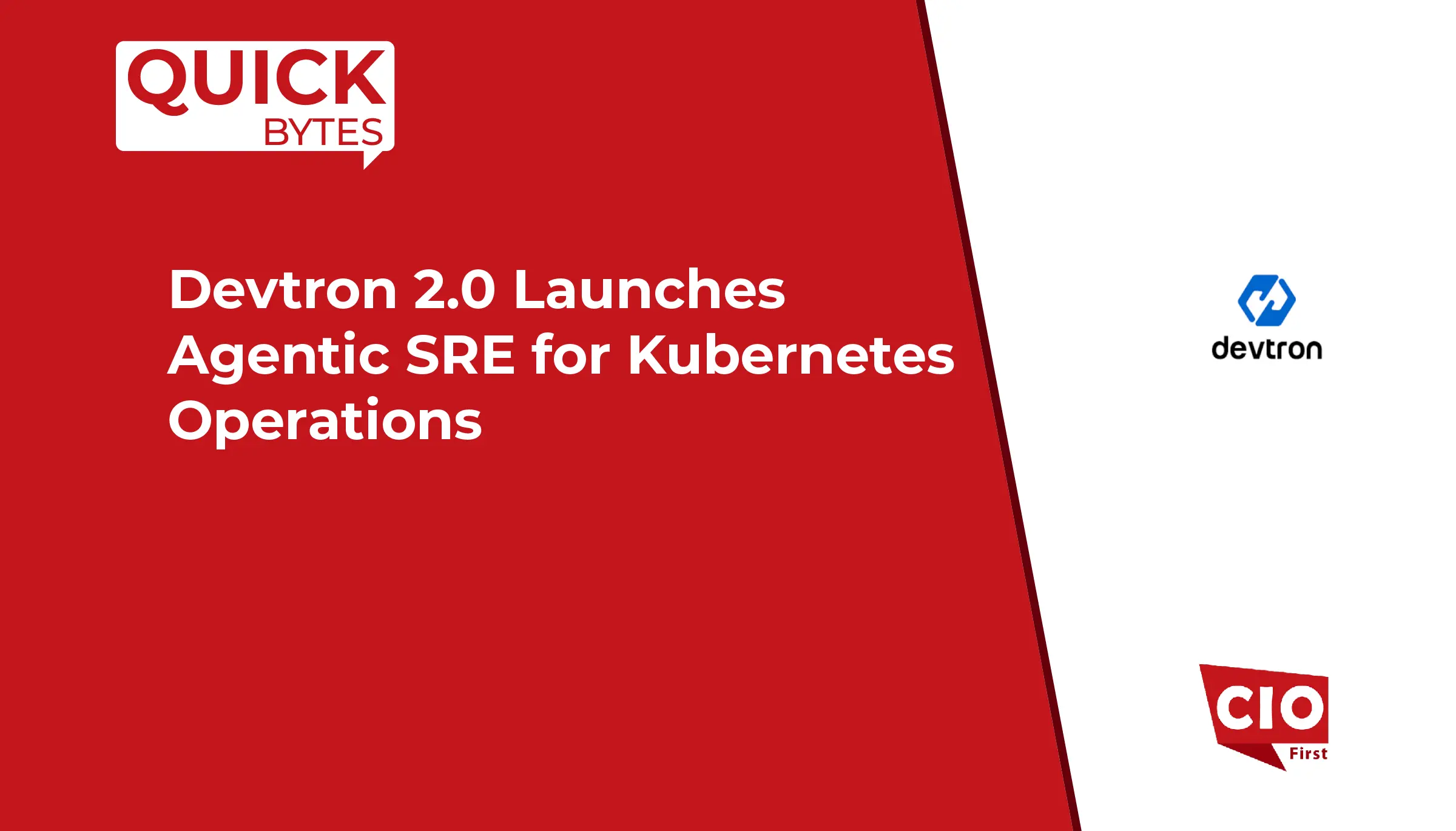Cloud-native is fast. Too fast sometimes. Microservices pop up, vanish, and APIs chatter nonstop. CI/CD pipelines push code before anyone even notices. Old security tools? They’re already lost.
So what’s the alternative? Look at modern platforms. AWS Security Hub, Google Cloud Security Command Center, they give teams one view across accounts, projects, and resources. Helps catch the sneaky stuff before it explodes. But here’s the catch: just having them doesn’t fix the problem. Visibility alone isn’t enough.
This is where Application Security Posture Management comes in. Think command center for your digital stack. Continuous visibility, automated compliance, prioritized risks. It keeps speed from turning into chaos.
In this article, we’ll break down how ASPM helps organizations secure cloud-native environments, see what really matters, and move fast without leaving the doors wide open for breaches.
Understanding Application Security Posture Management (ASPM)
Let’s cut to the chase. Application Security Posture Management isn’t just another tool to add to the pile. It’s a centralized, integrated platform that replaces fragmented solutions and gives you the full picture. Traditional tools like SAST, DAST, and SCA each cover a slice of the problem. Watching them is like staring at a single camera feed in a stadium. ASPM? That’s the command center with every angle covered.
Here’s where it gets interesting. Continuous visibility maps your entire attack surface, from APIs to microservices, so nothing sneaks past. Vulnerability identification pulls data from code, configuration, and cloud infrastructure, letting you focus on real risks instead of chasing ghosts. Compliance enforcement actually works. IBM’s 2025 Cost of a Data Breach Report shows 63% of organizations lack AI governance policies, and shadow AI incidents tack on US$ 670,000 to breach costs. ASPM flags these gaps automatically before they blow up in your face.
Think of ASPM less like antivirus software and more like an air traffic control tower. Without it, teams are flying blind in crowded airspace. It gives you a holistic, automated, continuous view that keeps security tight, teams agile, and the board happy.
The ASPM Advantage in Cloud-Native Environments
Proactive Risk Prioritization
Not all vulnerabilities are created equal. ASPM doesn’t just throw a long list of alerts at your team and hope for the best. Contextual analysis surfaces what actually matters first. Fixing the right issue at the right time saves hours, headaches, and sometimes millions. This is about cutting noise and focusing on real impact rather than chasing every blip on a dashboard.
Bridging Security and Development
Integration into the CI/CD pipeline is where application security posture management really earns its keep. Catch issues during design or build, and fixing them is far cheaper than scrambling in production. Developers stay in flow, security teams get early visibility, and risks are contained before they ever become headlines.
Unified View of the Attack Surface
Traditional tools live in silos, missing the bigger picture. ASPM creates a single pane of glass, mapping microservices, APIs, and cloud resources in real time. AWS Security Hub now aggregates alerts, correlates risks, and provides contextualized visibility across accounts. This is exactly the kind of unified view ASPM brings, seeing the whole landscape, not just fragments.
Automated Remediation and Governance
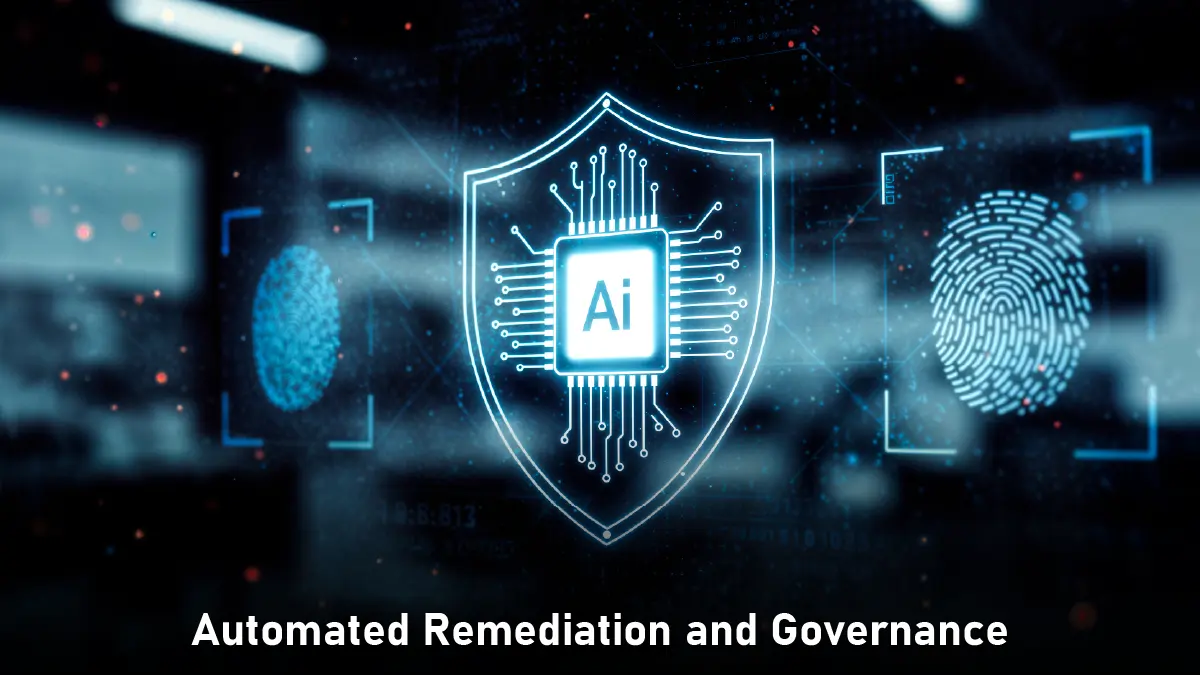
Automation is the final piece. ASPM can trigger workflows that fix misconfigurations and enforce policies instantly, reducing firefighting and manual effort. Google Cloud’s Security Command Center continuously monitors posture and compliance across projects, folders, and organizations, making policy enforcement and audits far smoother. Automation doesn’t just save time; it ensures security actually happens whenever needed.
Key Features of an Effective ASPM Platform
Asset Discovery and Inventory
You can’t secure what you can’t see. ASPM scans every code repository, API, and cloud resource, giving teams full visibility of the application landscape. It’s like walking through a warehouse with a flashlight versus turning on every overhead light, you suddenly see all the corners where trouble can hide.
Code-to-Cloud Correlation
Finding a vulnerable line of code is only half the battle. Application security posture management links that code directly to the cloud resource it runs on, creating a clear remediation path. No more guessing or manual tracing. Teams can act fast, patch issues precisely, and avoid wasting hours chasing problems that seem obvious in hindsight.
Threat Modelling and Attack Path Analysis
Running scenarios before an attacker does is priceless. ASPM simulates real-world attacks, mapping potential attack paths and highlighting where risks could actually become breaches. IBM’s 2025 report shows that gaps in AI governance and hidden risks like shadow AI add significant cost to incidents. Threat modelling helps teams focus on these real, expensive risks instead of chasing low-impact alerts.
Integration with DevOps Tools
Modern development moves fast, and security can’t be the speed bump. ASPM plugs seamlessly into GitHub, Jenkins, Kubernetes, and cloud platforms like AWS and Google Cloud. Security teams get real-time visibility into builds and deployments, and developers fix issues early without breaking their workflow.
Reporting and Compliance Dashboards
Dashboards matter if they actually show something useful. ASPM provides executive-level views of posture, risk, and remediation progress. Google Cloud’s Security Command Center continuously tracks compliance, turning mountains of raw data into actionable insights. Audits become manageable, and teams can prove security without handholding.
Best Practices and Considerations
Start small. Don’t dump application security posture management on the team and walk away. Pilot it. Show wins. Then expand. Push too fast, and resistance hits harder than a misfiring alert.
Security isn’t just ticking boxes anymore. DevOps and security teams need to actually talk. Without that, even the fanciest tools sit there collecting digital dust. ASPM only works when people actually use it.
Pick your platform wisely. Strong integrations. Clear workflows. Support that actually answers the phone. Pretty dashboards don’t fix breaches. They just make reports look good.
Here’s the blunt reality: the global average cost of a data breach dropped to US$ 4.44 million in 2025. That’s still millions at risk. Automate compliance, prioritize what matters, and spot issues early. That’s the difference between moving fast safely and moving fast blind.
Think of it this way: speed is great, but chaos is expensive. Very expensive.
Securing the Future of Cloud-Native

Cloud-native is fast. Really fast. But speed can be a trap. Deployments race ahead while blind spots grow quietly. That’s where application security posture management steps in with continuous visibility, automated policies, and prioritizing risks before they explode.
Platforms like AWS Security Hub and Google Cloud Security Command Center show the way. They give teams a single view across accounts and projects, helping catch issues early without slowing down delivery.
Here’s the punch: organizations that keep a strong security posture are four times less likely to face a major breach. Automation, monitoring, and risk prioritization aren’t just buzzwords. They’re what separate teams that move fast safely from teams moving fast blind.






